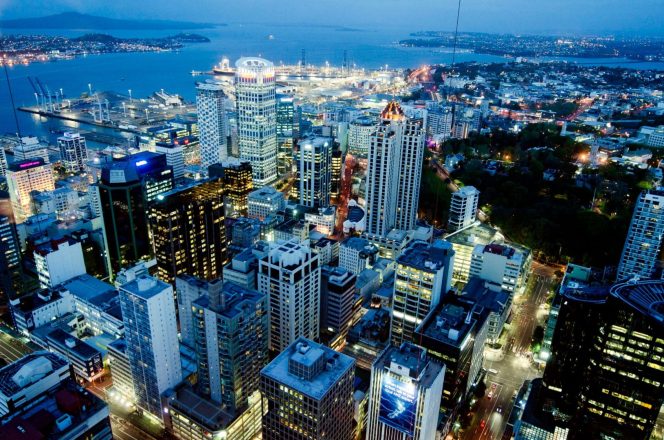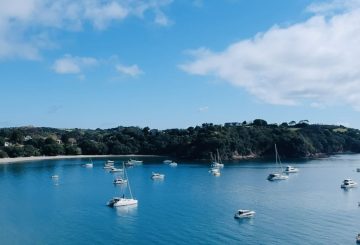일반적으로 GDP라고 불리는 뉴질랜드의 경제 성장률은 전 세계적으로 가장 낮은 국가 중 하나입니다.그러나 국제통화기금 (IMF) 은 뉴질랜드가 여전히 일부 주요 경제국보다 앞서고 있다고 말합니다.
IMF의 최근 보고서는 팬데믹 이전에 비해 글로벌 성장이 둔화된 몇 가지 이유를 강조합니다.
- COVID-19 팬데믹 여파
- 러시아의 우크라이나 침공
- 지리경제적 격차 증가
- 중앙은행의 금리 인상
- 글로벌 원자재 가격 하락
- 부문별 위기
- 부채 증가로 인한 재정 지원 감소
- 극심한 기상 현상
IMF는 전 세계 성장률이 2023년 3% 에서 2024년 2.9% 로 소폭 하락할 것으로 예측합니다.“선진” 경제국의 성장률은 내년에 1.5% 에서 1.4% 로 하락할 것으로 예상됩니다.한편, “신흥” 경제는 4% 성장을 유지할 것입니다.
중국의 부동산 위기는 특히 뉴질랜드와 같은 원자재 수출국의 성장을 더욱 저해할 수 있습니다.
더 좋은 점은 IMF가 미국과 스위스의 금융 안정화 노력 이후 세계 경제 위험이 줄어들 것으로 보고 있다는 점입니다.
글로벌 성장률 수치
뉴질랜드의 GDP 성장률은 1.1% 이며, 2024년에는 1% 로 소폭 감소할 것으로 예상됩니다.25개국의 GDP 성장률을 비교한 결과, 2024년 마카오가 27.2% 로 앞서고, 적도 기니가 최하위권으로 5.5% 감소할 것으로 예상됩니다.뉴질랜드는 독일, 일본, 호주와 같은 다른 선진국과 함께 이 목록의 최하위권에 속합니다.
인플레이션 전망
전 세계 인플레이션은 2023년 6.9% 에서 2024년 5.8% 로 감소할 것으로 예상됩니다.이러한 하락의 요인으로는 통화정책 강화와 원자재 가격 하락 등이 있습니다.2024년에는 호주 (4%) 와 싱가포르 (3.5%) 의 소비자 물가가 뉴질랜드 (2.7%) 보다 더 빠르게 상승할 것으로 예상됩니다.
실업률 예측
뉴질랜드의 실업률은 현재 3.6% 에서 2024년 말까지 4.9% 로 증가할 것으로 보입니다.이 비율은 같은 기간 호주의 예상 4.3% 와 비슷합니다.일본과 홍콩과 같은 다른 지역 선진국들은 실업률이 낮아질 것으로 전망하고 있습니다.
기후 변화 및 지정학에 대한 우려
IMF는 악천후나 지정학적 격변으로 인한 식량 및 에너지 가격 급등 가능성에 대해 경고합니다.예를 들어, 2022년 러시아의 우크라이나 침공으로 인해 연료, 식량, 비료 비용이 증가했습니다.향후 유사한 혼란이 발생할 경우 시장 변동성이 더 커질 수 있습니다.IMF는 각국이 녹색 기술 채택을 가속화하고 기후 변화에 미치는 영향을 해결할 것을 촉구합니다
.






























































